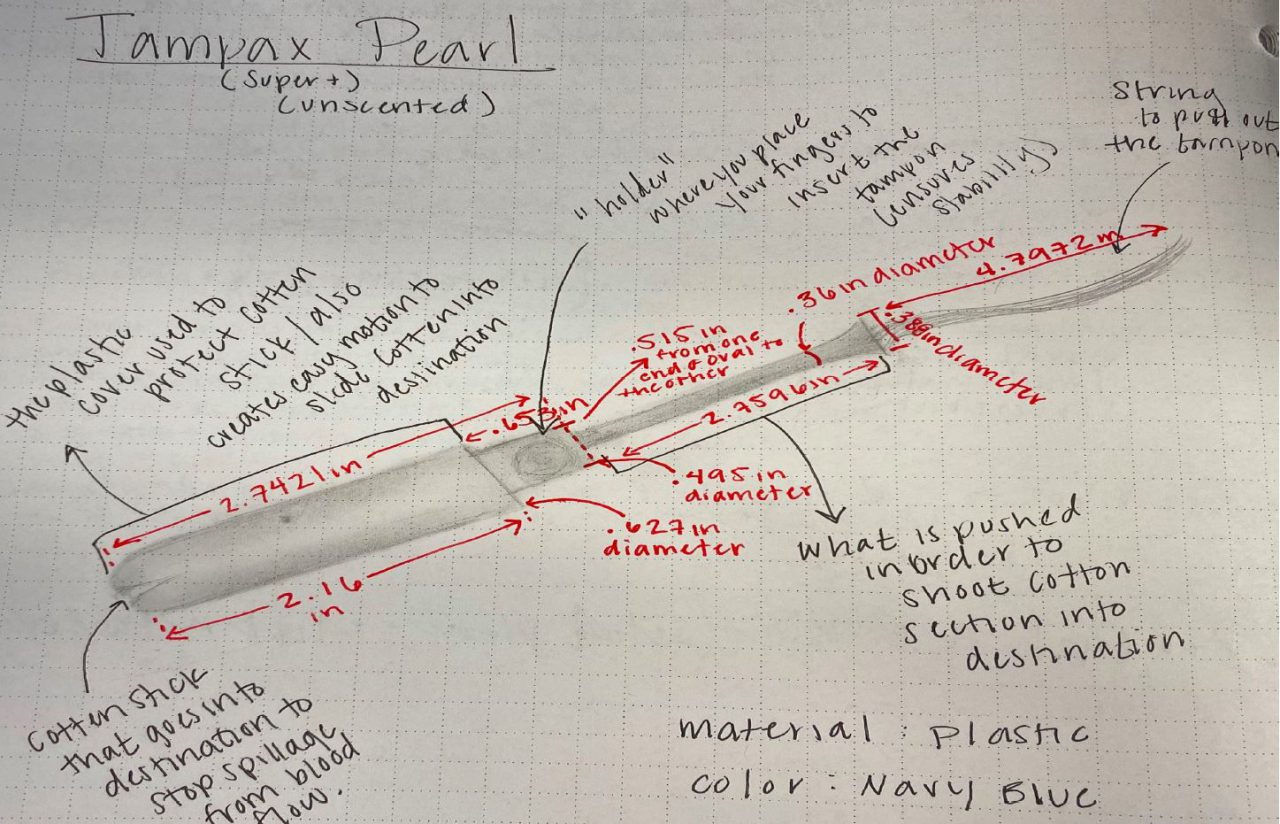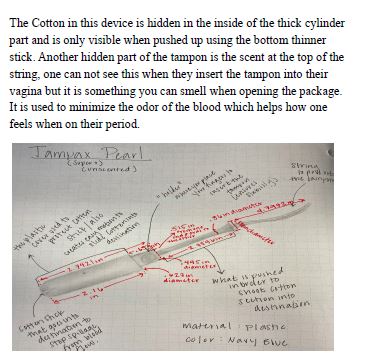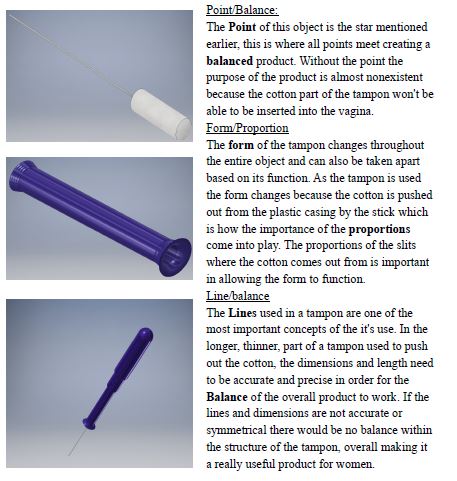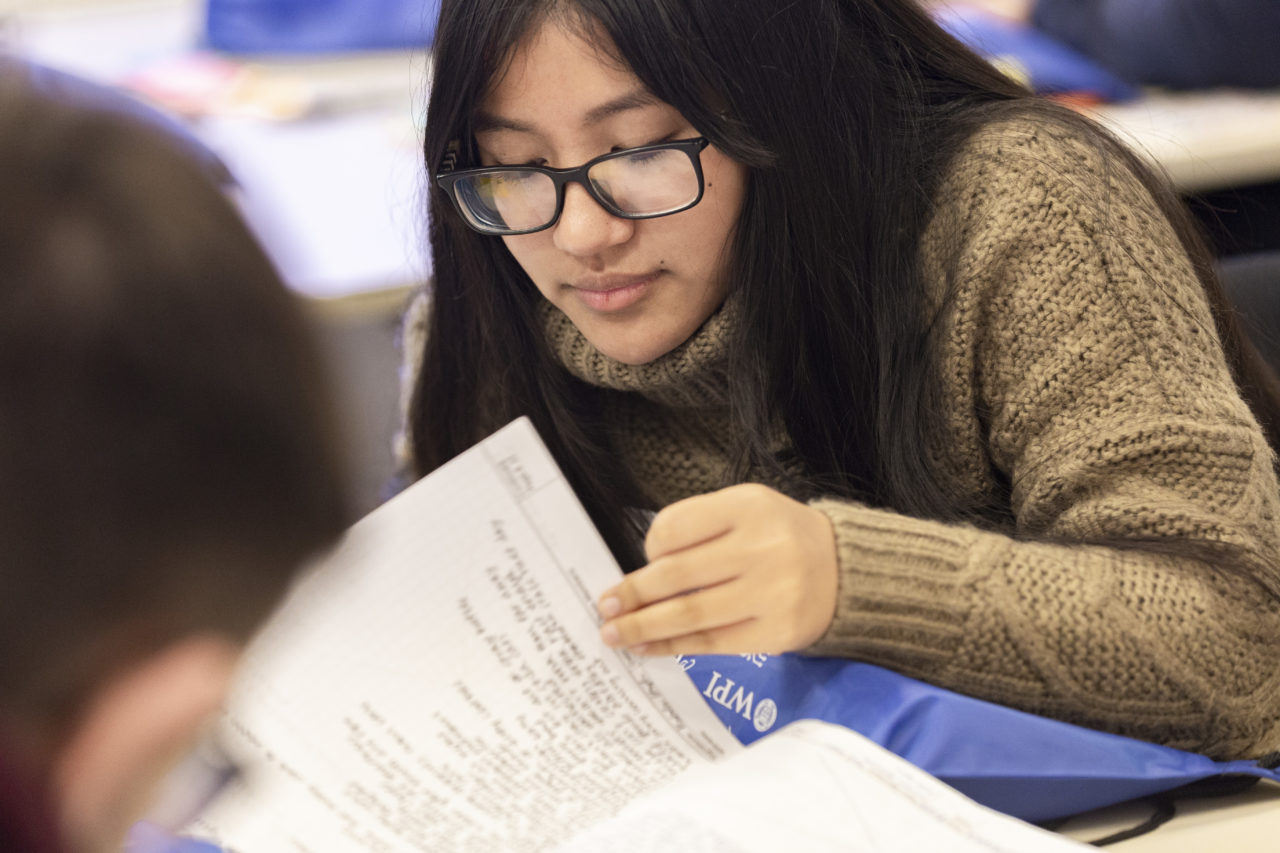
Student Work | Mass STEM Hub
High School | Engineering | IED | Activity: Reverse Engineering
February 23, 2021
Check out the student work submitted for real-world industry feedback! Learn more about submitting student work to receive real-world feedback here!
Grade: High School
PLTW Course: Engineering – IED (Introduction to Engineering Design)
Submission type: Activity: Reverse Engineering
Project overview: In the Project Lead The Way (PLTW) Introduction to Engineering Design class, high school students learn about engineering design and manufacturing. They then apply that knowledge to reverse engineer an everyday item of their choosing, breaking it down into the component parts needed to build it, using Autodesk Inventor® to create 3D CAD designs for each part, and performing visual, functional, and structural analyses of the parts.
Student submission:


 [/image-wrapper]
[/image-wrapper]


Select judge feedback:
“The description of your product was very well laid out. Enough information was included, especially useful for nonusers of the product. The writing was well laid out, and transitioned from section to section easily. This product was a very good challenge level to choose, it gave enough opportunity to show your skills, but was still something you were able to complete fully and at a high quality. Great job highlighting your keywords, this will really make them pop to people going through your project. The modeling is very well done. Some of those features can be a challenge for beginners, especially the fingerprint feature and the assembling.
One thought to consider for the future is the project layout itself — perhaps switching the left and right sides would allow for easier reading. On the model, the material the the star is cut from looks a bit thick, this would be a good spot for a “Revolved Cut” feature to thin out. On your sketch, you may have used calipers to measure the part, but that doesn’t mean you should automatically put down all of the decimal places. 2 would probably be acceptable for a soft part like this measured by hand, 3 could be OK if done very carefully, but even in my job I have never used 4 decimal places. The logo itself on the part is generally a more challenging feature to do cleanly. In Solidworks you can import images and trace over them to get better details such as that. I generally do that when I need a complex logo on my parts. Also a pretty simple way of getting that feature close to the real thing would be extruding it from the surface flat, then cutting it round from the side. The next step here would have been to create manufacturing drawing like your sketch in CAD for this product. Reverse engineering is very common in industry. Many times we take apart a competitor’s product to learn from it, and try to improve in places their product is better than ours.
Doing all of the components and finishing with an assembly really closed out all of the criteria in this project. Great Work!”
– Mechanical Design Engineer, Thermo Fisher Scientific
“You did an outstanding job of making key observations with regards to the purpose of each component of the tampon, as well as as the color, shape, and design elements that enhance its use. It’s not often that people recognize and point out the functional value of color and the role it plays in making the user feel good about the product and want to purchase more of it. Of special note is how much attention was paid to the detailed design of the mid section and its purpose in helping the user locate grasping points. As a biomedical engineer I often take part in designing products for women’s health and these products are extremely important and vital for a quality life. I applaud the team for a great job well done!!”
– Biomedical Engineer, Boston Scientific
Award: Challenge Winner (2019-20)
School: KIPP Academy Lynn
Teacher: Allen Wang


